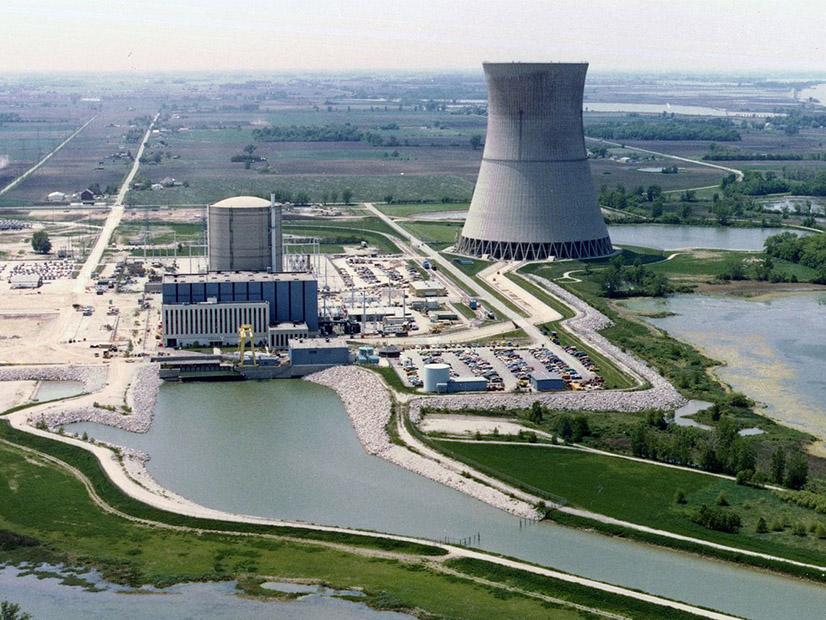The Nuclear Regulatory Commission is launching a special inspection at the Davis-Besse nuclear power plant in Ohio after a reported “complicated” reactor trip earlier this month and multiple diesel generator failures during testing and maintenance operations.
Prema Chandrathil, a public affairs officer at NRC’s regional office in Lisle, Ill., said a six-member team started the inspection Monday to review the response of Energy Harbor, the owner of the plant, regarding the failure of its diesel generators, including the cause analysis, maintenance practices and system designs.
NRC said Davis-Besse experienced four failures of emergency diesel generators in the last 24 months during required testing and one failure of a station blackout diesel generator during maintenance.
“The inspection will take as long as necessary to review the issues and understand exactly what happened and why,” Chandrathil said. “After the NRC completes the special inspection, we will document any findings in a report which will be publicly available.”
Davis-Besse has two emergency diesel generators, which are designed to provide emergency power during the loss of off-site power, along with one station blackout diesel generator, which provides power to the plant in case both emergency generators fail. Officials said one generator is sufficient to enable the plant to safely shut down and remain in a stable condition in an emergency.
NRC said that as its inspectors were planning for the examination of the diesel generators, Davis-Besse experienced an unplanned reactor trip on July 8 in which “certain pieces of equipment did not function as designed.”
According to a report sent to NRC, the reactor “automatically tripped due to trip of the main turbine, caused by failure of a non-safety-related breaker during functional testing” around 10 p.m. with the unit at 100% power. The report said following the reactor trip, the unit’s steam feed rupture control system “automatically initiated on low steam Generator 1 level, actuating both turbine-driven auxiliary feedwater pumps,” and operators manually started high-pressure injection pumps “in response to overcooling indications.”
“There was no impact on the health and safety of the public or plant personnel,” the report said. “Operators took action to address the equipment issues, and the reactor was shut down safely and placed in a stable condition. After making the necessary repairs, the reactor returned to power.”
NRC officials said based on the complications of the reactor trip, the agency chose to expand the special inspection to “better understand equipment performance issues and operator response.”



